There’s a variant of Autocar feature we call the ‘epic drive’, where we make a fuss of a particular vehicle by taking it on an extended outing to a significant location. This was supposed to be one of those features. But it’s not, clearly, because this is 2020, the year in which nothing has gone as planned.
We had been plotting an epic drive to celebrate the Volkswagen Transporter. Yes, a van – but one worthy of celebration. The Type 2 entered production in 1950, VW’s cunningly named second vehicle after the Type 1 (the Beetle), in van, minibus and camper form. This was no case of ‘difficult second album’: the T2 was an instant success, playing a key role in VW’s growth from producer of a single affordable hatchback into one of the world’s largest car giants. It has also displayed incredible longevity, with around 13 million sold over an unbroken 70-year production run that sets a record for a commercial vehicle. During that time, the Beetle has gone out of production, been revived as a retro homage and gone out of production again.
Not that the Transporter (the Type 2 name was retired for the fourth-generation T4; the first three generations have confusingly been retconned as T1, T2 and T3) hasn’t changed. As well as being offered in countless variants, garnering enough official names and nicknames to fill the word count for this feature (a small sample includes Camper, Bus, Bulli, Microbus, Caravelle, California, Kombi and Samba), it had been reinvented across six generations. The latest T6.1 models are scarcely comparable to a 1950 T2, but there is a direct continuity.
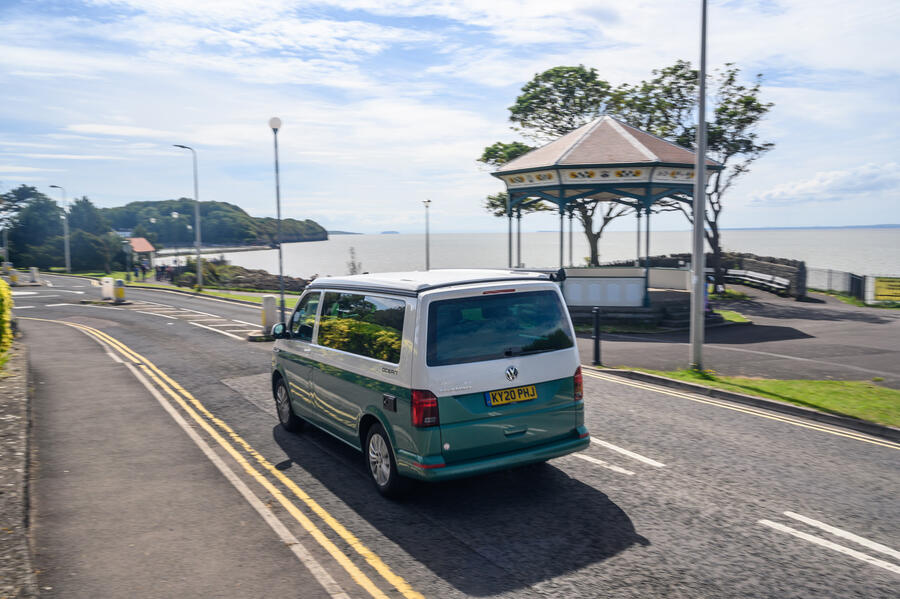
Worthy of celebration, then. So our plan was to mark seven decades of the VW Transporter with an epic road trip in the latest T6.1 California camper. Having ruled out a ‘summer of love’ road trip in California as being too cliché (Autocar writers are taught to avoid clichés like, erm, oh, you know), we settled on en epic drive to Wolfsburg.
We would detour to the VW factory in Hanover, where various generations of Transporter have been built since 1956. From there, we would head on to VW’s hometown, where production of the Type 2 began in 1950, to line up the California with an original T2 and the ID Buzz concept that previews its electric successor. Along the way, we would camp, eat and sleep in the California, with all that entailed. Ideas were refined, logistics discussed and arrangements made and then… the closest we could get to an epic drive was a trip to the supermarket. Sigh.
Since lockdown has eased, we still wanted to celebrate the Transporter. And while our German road trip would now be possible, the logistics, health and safety restrictions, social distancing, differing legislation, quarantine risks and, frankly, a mountain of really long and complex risk assessment forms made it unfeasible in our time frame.
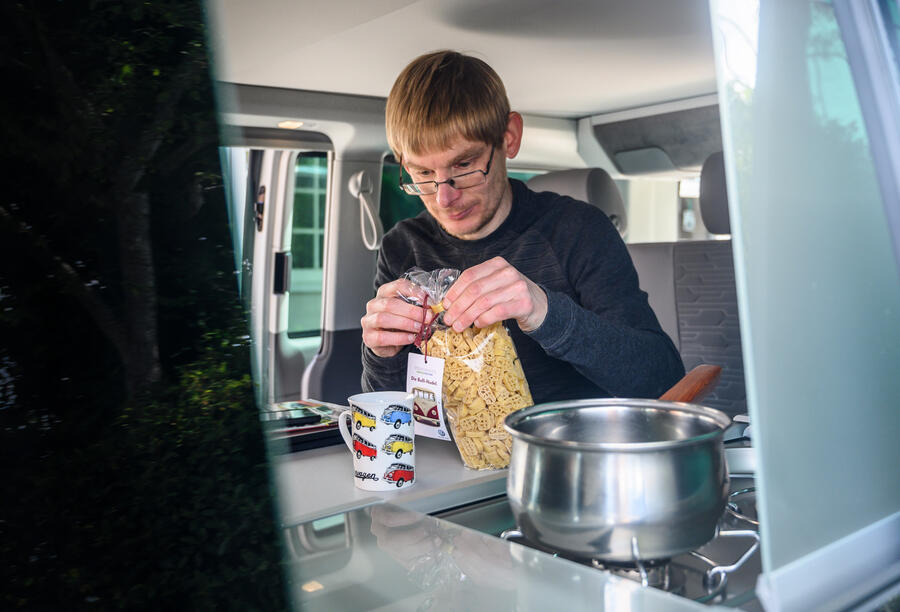
So, how to celebrate the Transporter in the mixed-up world of 2020? Simple, with a very 2020 concept: a staycation. We’ll stay home and spend a week working, living and sleeping in a California, while using it as our daily driver. You see, you don’t need to drive thousands of miles to appreciate the Transporter. Its greatness is in its functionality, as a holiday home, workplace, minibus or load-lugger. So why go anywhere at all? Call it Autocar’s least-epic drive.
That’s why I’m currently writing sitting on the rear bench of a California on my driveway, laptop comfortably perched on the fold-out table and paperwork strewn across the handy shelf formed by the lids for the built-in sink, gas hobs and fridge. It’s an ideal office: I’ve got loads of space and it’s really very comfortable. I may be missing the tremendous sense of adventure that most VW camper owners experience, but I’m close enough to use my home wi-fi and I’ve got easy access to a decent shower and toilet. Winner.
The camper variant is key to the Transporter’s cult following. When the T2 launched in 1951, VW licensed speciality firm Westfalia to produce its official camper variants, although similar conversions have been produced by myriad independent firms. Westfalia’s purchase by Mercedes-Benz in 2001 predictably signalled the end of that partnership, so in 2003 VW launched the California as its own in-house camper.
Compared with some of the ageing camper conversions you will find parked up on the coast of Cornwall in surfing season, the latest T6.1 California I’m sitting in is an ultra-posh Hilton hotel – but, again, there’s a clear lineage. The cabin layout is familiar, from the sliding door (now electronically powered) on one side to the unit containing hobs, sink and storage on the other. The rear seats fold flat and, when combined with a bench in the boot, form a handy double bed. And, as Westfalia has offered since the second-generation T2, there’s a pop-up camper roof (also now electronically operated) to house an upstairs double bed, turning the California into a two-storey four-berther.
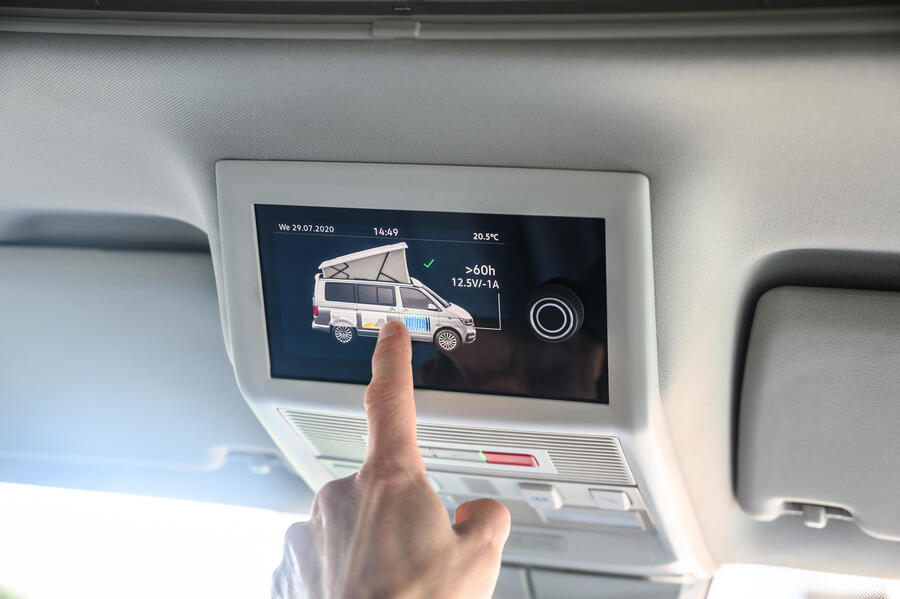
The California offers Tardis-like spatial qualities, thanks to the proven layout that has endured through generations of camper. Maximising the space offered by the Transporter’s commercial-friendly boxy design, everything inside is well-placed and well thought through. Sure, it’s going to be a little tight if you’re sharing it with three other people, but as a compromise between space and practicality, it’s ideal.
With my office and living room ideally set up, I opt to sleep upstairs. As any camper owner will know, it’s surprisingly spacious up there, with room for two and lots of head room. It’s comfortable, owing to a proper sprung bed-style base below the mattress. The most challenging aspect is getting up and down through the hatch above the front seats – something that, from experience, contains extra jeopardy in the early hours of the morning when you’re half-asleep and desperate for the toilet. Especially if you’ve accidentally switched the California off camper mode and set the motion sensor alert, prompting the alarm to go off the moment you dangle a leg into the main cabin. Ahem. Thankfully, the neighbours didn’t notice.
If the clamber into the California’s loft extension seems a touch inelegant, don’t fret: countless third-party ladders are available, among myriad other official and unofficial accessories and merchandise. It’s a testament to the enduring cult of the camper – something I mull on in the evening, sipping a coffee from my licensed VW camper mug while my official VW-produced Bulli-Nudel pasta is cooking on the gas hob. I would have used the official VW kitchen utensil set and sat in an official VW camper folding chair while wearing an official VW camper T-shirt, but apparently I wasn’t allowed to spend the substantial fuel savings that our reworked feature created entirely on camper merchandise. So I settle for the Bulli pasta, which offers pleasing bite when cooked al dente and, like the van itself, is supremely versatile with a range of sauces.
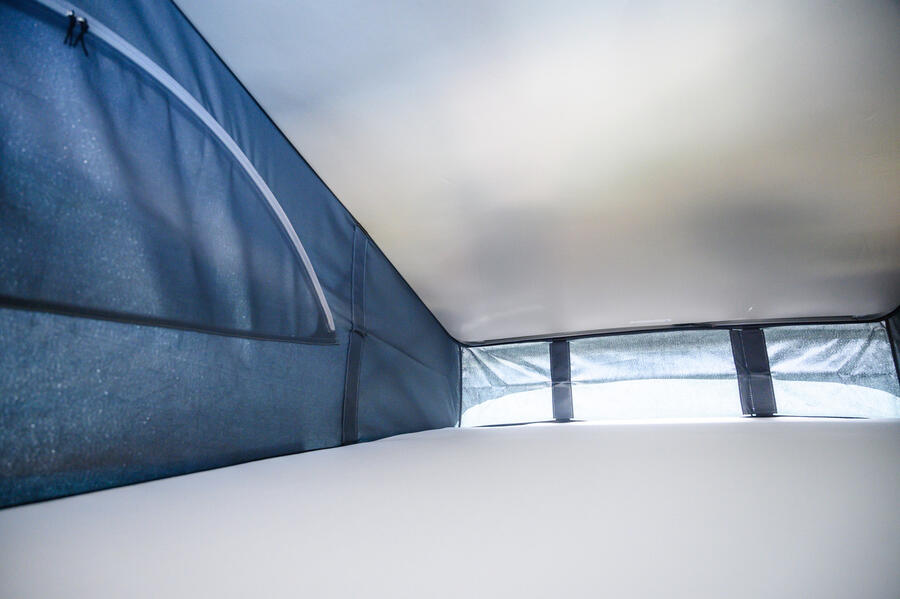
Of course, even for our least-epic drive, we can’t resist the urge to take to the roads. And while using the California as a daily driver around a Somerset town, with an occasional motorway jaunt thrown in, isn’t really its intended purpose, it handles the task with ease. Of course it does: lower the pop-up roof and fold away the tray-sized table and the California is essentially a hugely versatile midsized van, which means it has to be easy to drive in all situations.
The high-up, van-based driving position offers great visibility, the boxy design makes it easy to place and the 196bhp 2.0-litre TDI diesel engine, driven through a seven-speed dual-clutch automatic gearbox, makes relatively light work of a machine that weighs 3080kg unladen. Given that weight, the ride is pretty decent, too, and as long as you’ve taken a bit of time to stash everything away properly, you won’t hear too many rattles from the cabin.
So is the drive dynamic? Thrilling? Well, no, of course not. It’s a commercial van, with all that entails: it’s perfectly functional and incredibly easy, without offering either thrills or complaint. Certainly, you could drive one for hundreds of miles, say from London to central Germany, in ease and comfort.
But why waste the time doing so when the real joy of the California is to be found not in the journey but in enjoying it once you’ve reached your destination? Especially if that destination is, ooh, 10 feet from your starting point.
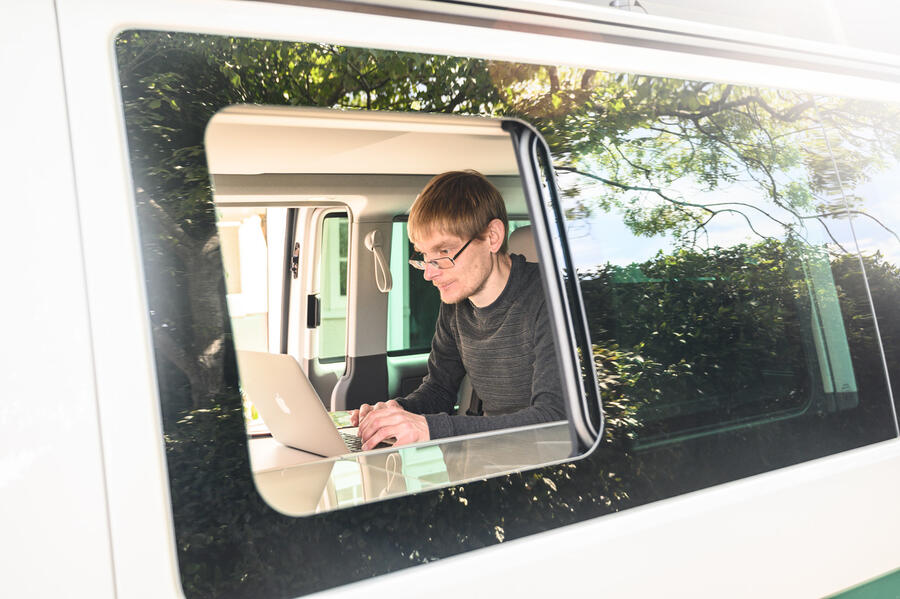
It doesn’t take an epic drive to understand the enduring appeal of the Transporter. When Autocar reviews cars, one of our key criteria is ‘fitness for purpose’ – how well it does the job for which it was intended. That’s the most remarkable thing about the Transporter: for seven decades, it has been designed to do a whole range of jobs, and it has succeeded because it excels at all of them.
And so, as the California departs, it’s with genuine sorrow that I return to my current home office. Which has given me an idea: instead of reopening the Autocar office, perhaps we could all just work out of Californias in the future…
BUZZ ISN'T LIGHTYEARS AWAY...
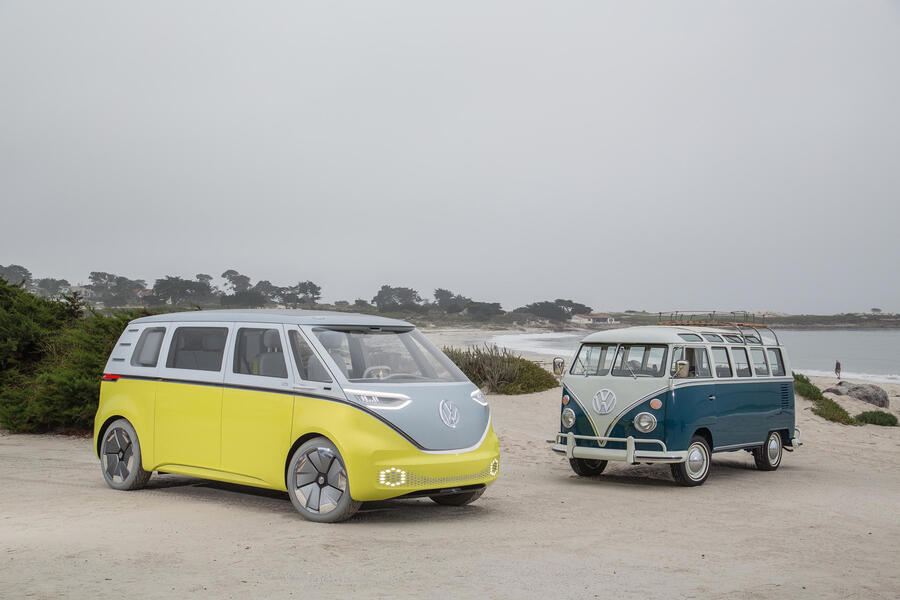
With a consistent lineage stretching back 70 years, the Transporter’s success has been built on its consistency. But it’s not immune to wider industry trends, and big changes are coming in the future.
For one thing, the California is growing into a full family, with the Crafter-based Grand California launched in 2018 and a Caddy-based compact camper set to follow.
Then, VW’s long-time dream of producing a true successor to the original T2 will be realised by the production version of the electric ID Buzz concept. Built on the MEB electric platform, it will be a key part of the new ID family, with both passenger and commercial versions offering what VW Commercial Vehicles UK boss Cian O’Brien calls “unashamedly retro” styling, while being “fitted with cutting-edge electric tech”.
But the next generation of the T Series itself is arguably making an even more significant change, due to the new global alliance between VW and Ford. The Transporter will be twinned with the next-generation Transit, with development led by Ford. It’s a profound change, but O’Brien is adamant that it won’t dent the Transporter’s appeal, promising that “a Volkswagen van will continue to feel like a Volkswagen van”.
70 YEARS OF THE VOLKSWAGEN VAN
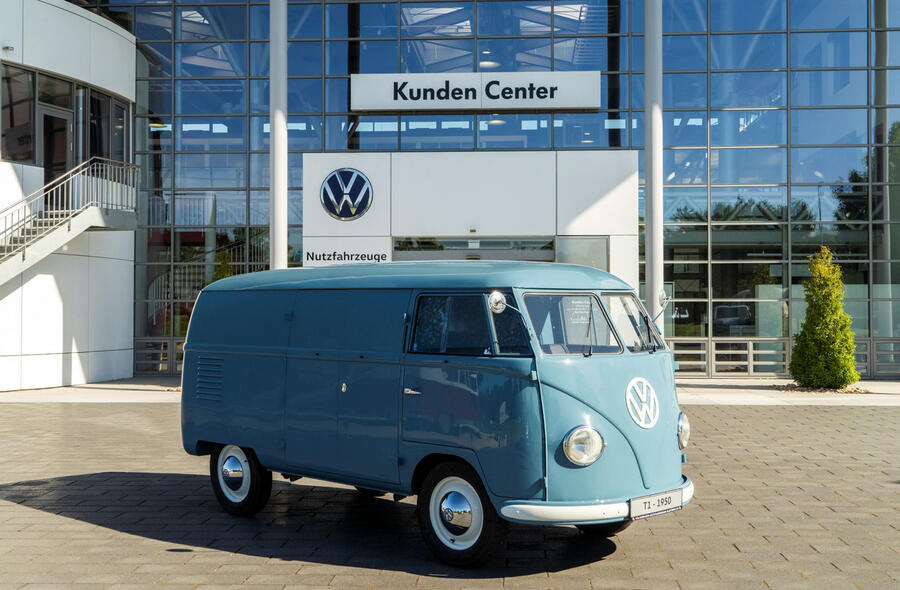
Type 2 T1 1950-1967 The Beetle-based Type 2 launched with a rear-mounted 1.1-litre air-cooled engine, and in panel van, passenger van and minibus forms. The luxurious Samba bus, designed for Swiss Alps tours, followed in 1951.
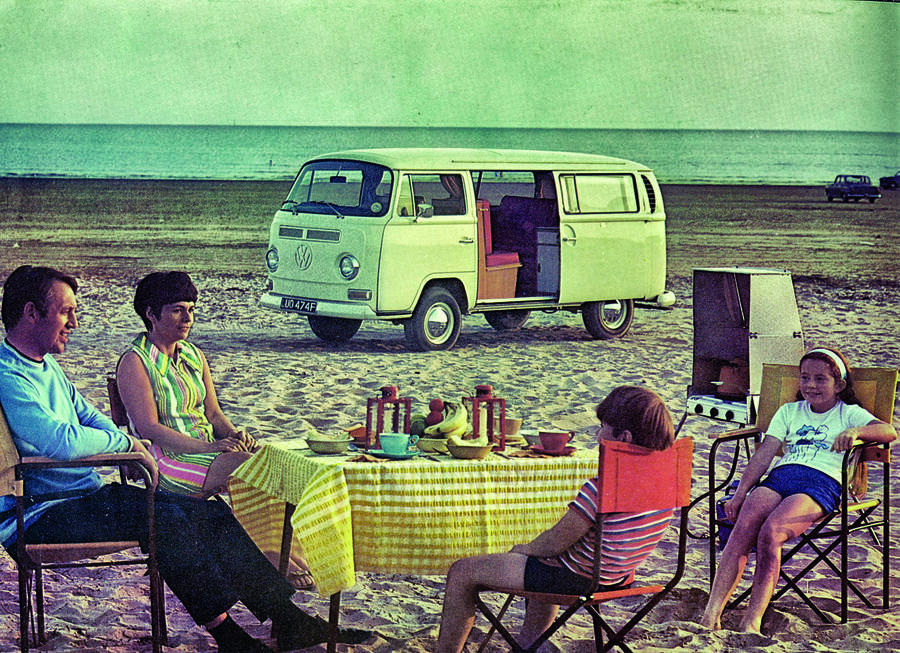
Type 2 T2 1967-1979 Known as the bread loaf, the second-gen model lost the split windscreen but had a sliding door as standard. The Westfalia-built camper also featured the first pop-up roof. An electric version was launched in 1972.
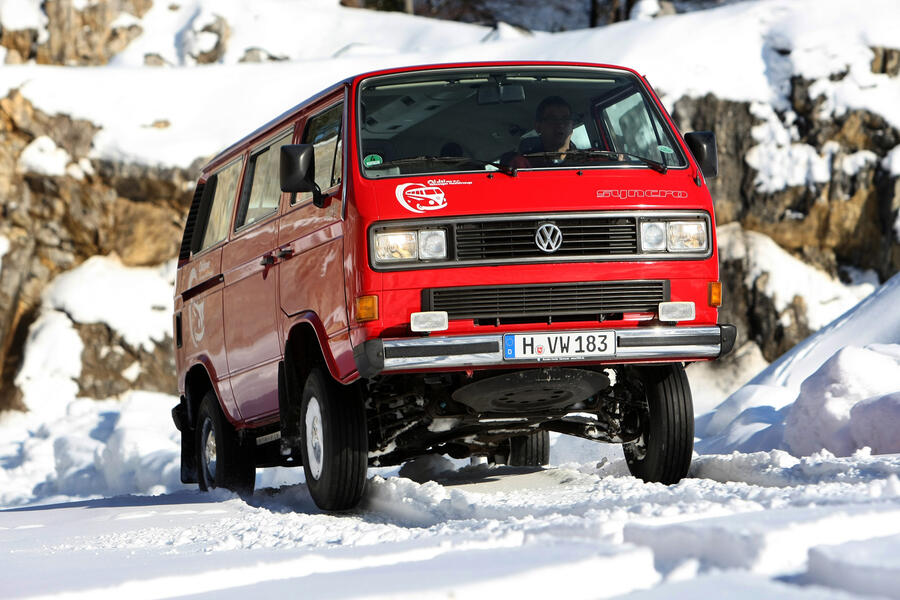
Type 2 T3 1979-1992 A wider body and angular styling stood it apart from its predecessors, while the flat engine increased interior space. A 1985 update brought several innovations, including four-wheel drive and turbo engines. Also known in the UK as the T25.
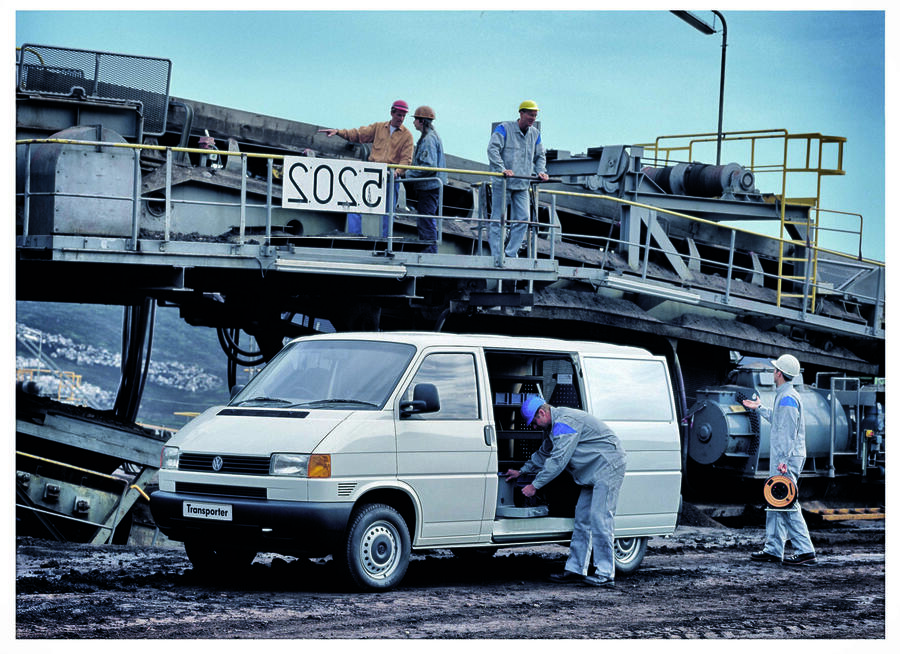
Transporter T4 1990-2003 A total styling and design revamp with a switch to a front-engined, front-drive layout. There was a wider range of engines and two wheelbase options. It was offered in panel van, Kombi, pick-up, Caravelle, Multivan and California forms.
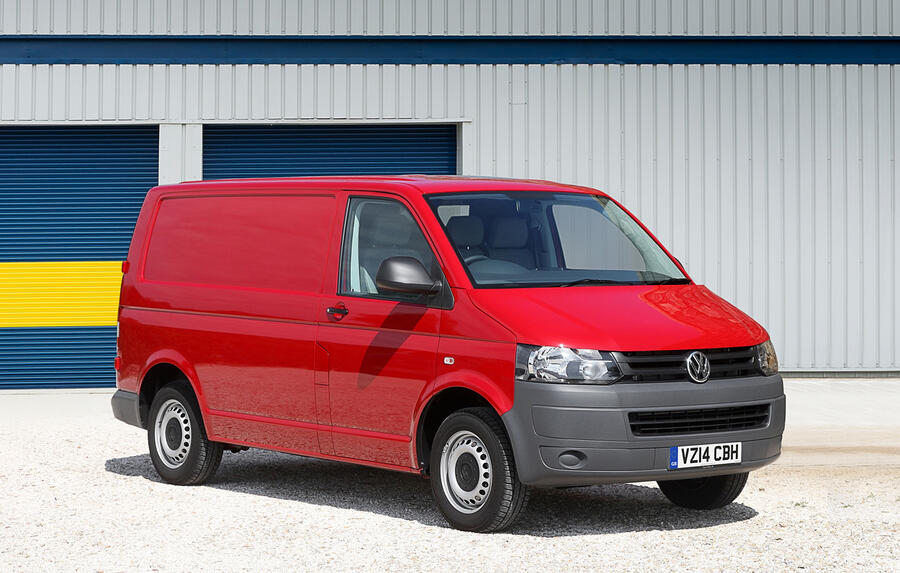
Transporter T5 2003-2015 An evolutionary exterior design, with a focus on improving utility and practicality. The various wheelbase, powertrains and body types meant the T5 was available in more than 100 different combinations.
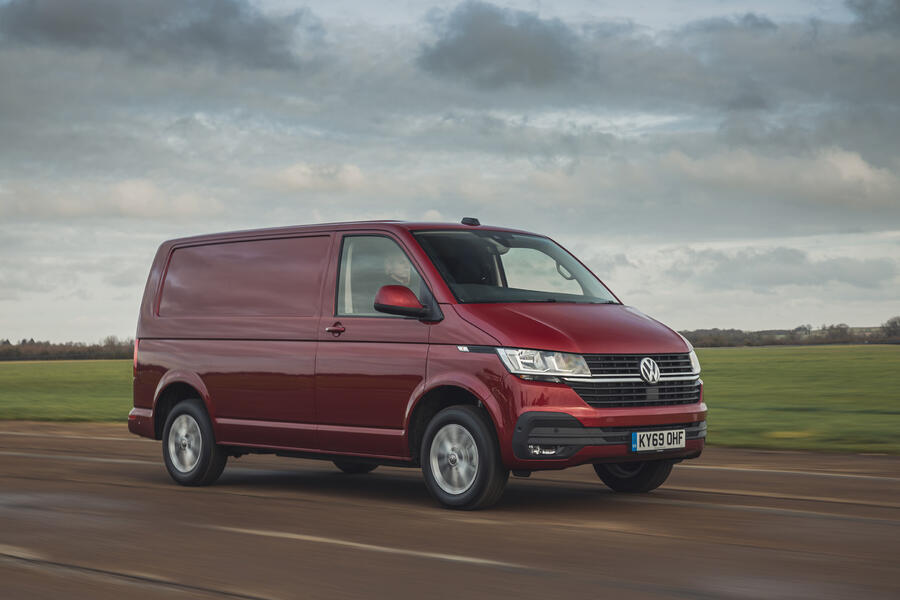
Transporter T6 2015-present Using the same platform as its predecessor, the current Transporter (which received a heavy facelift in 2019) features a range of new, cleaner engines, greater interior tech and a host of driver assistance systems.
Read more
Saying goodbye to the Volkswagen Beetle​
Volkswagen ID Buzz to be new-age Touran​
The most important man at VW you've never heard of​

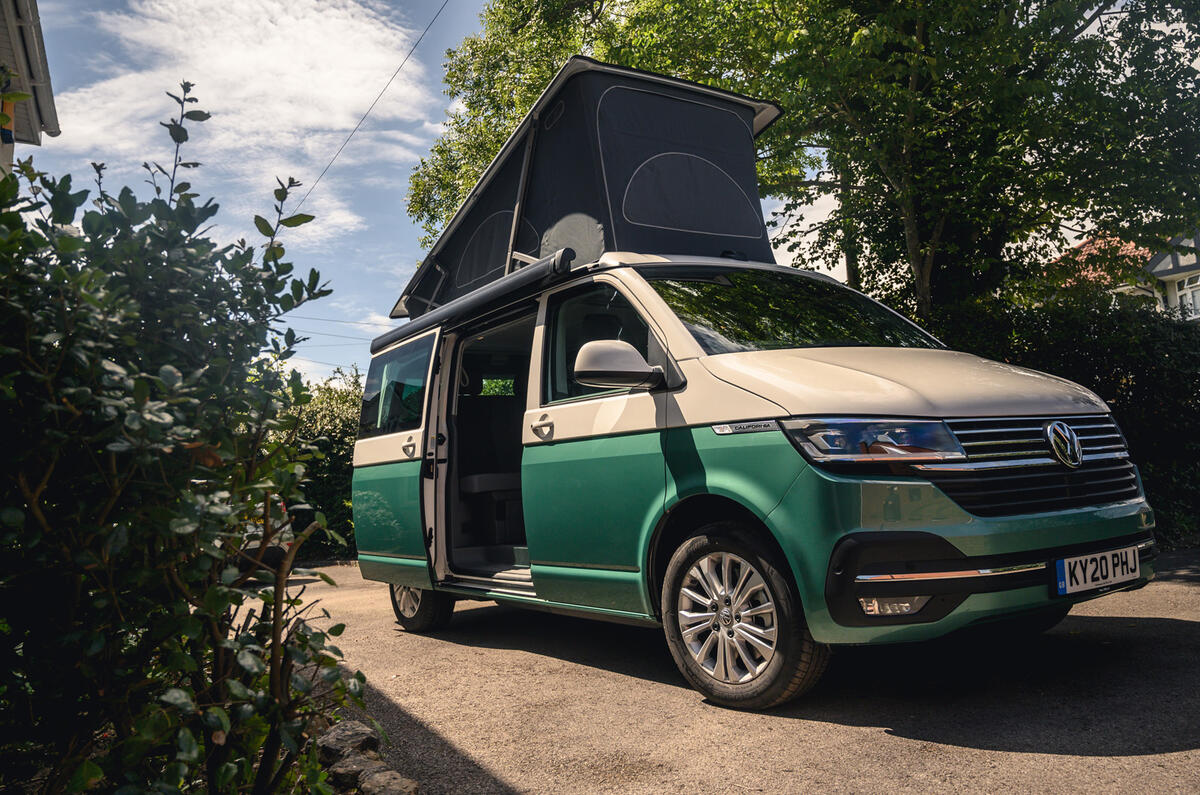

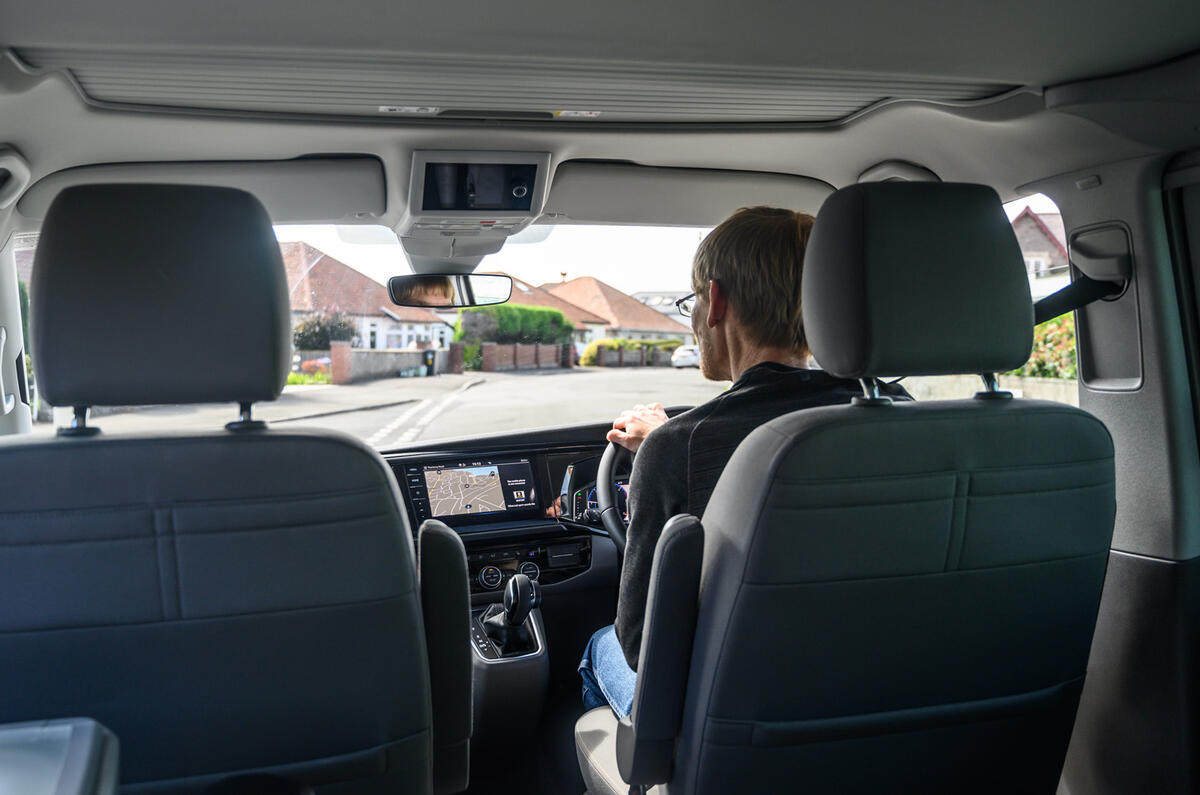
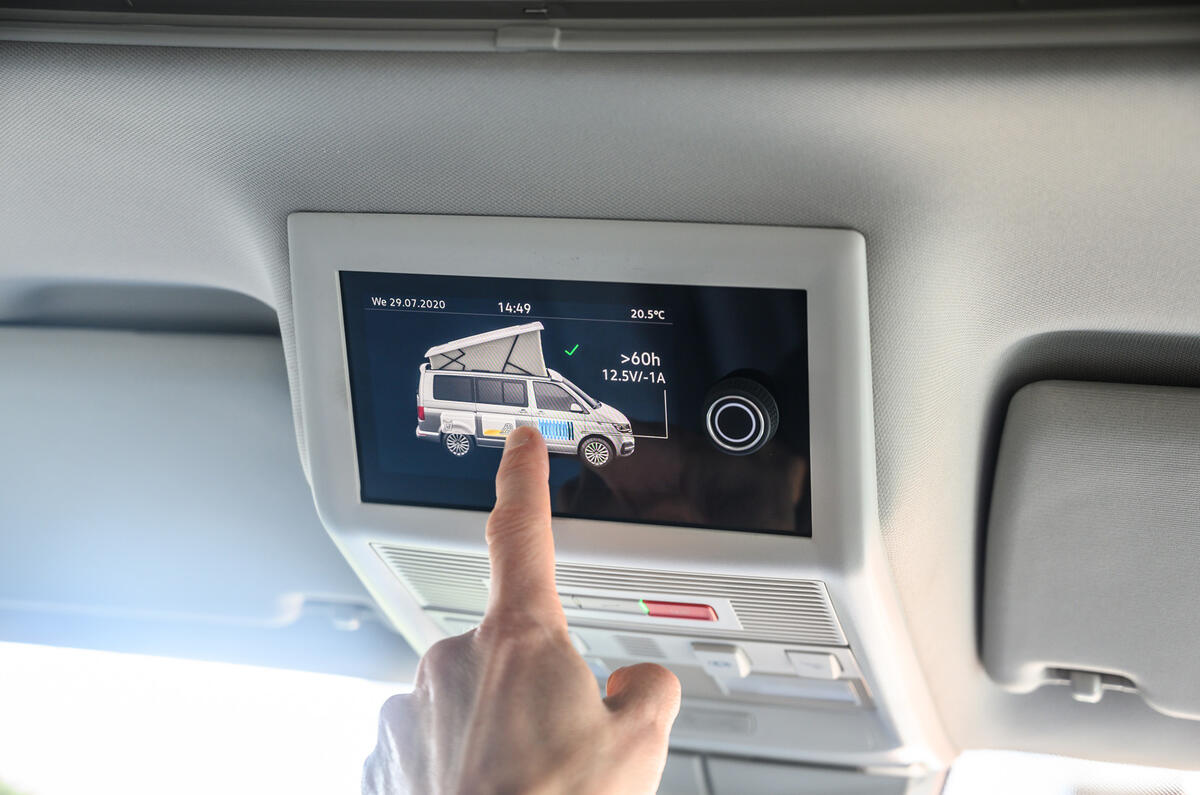
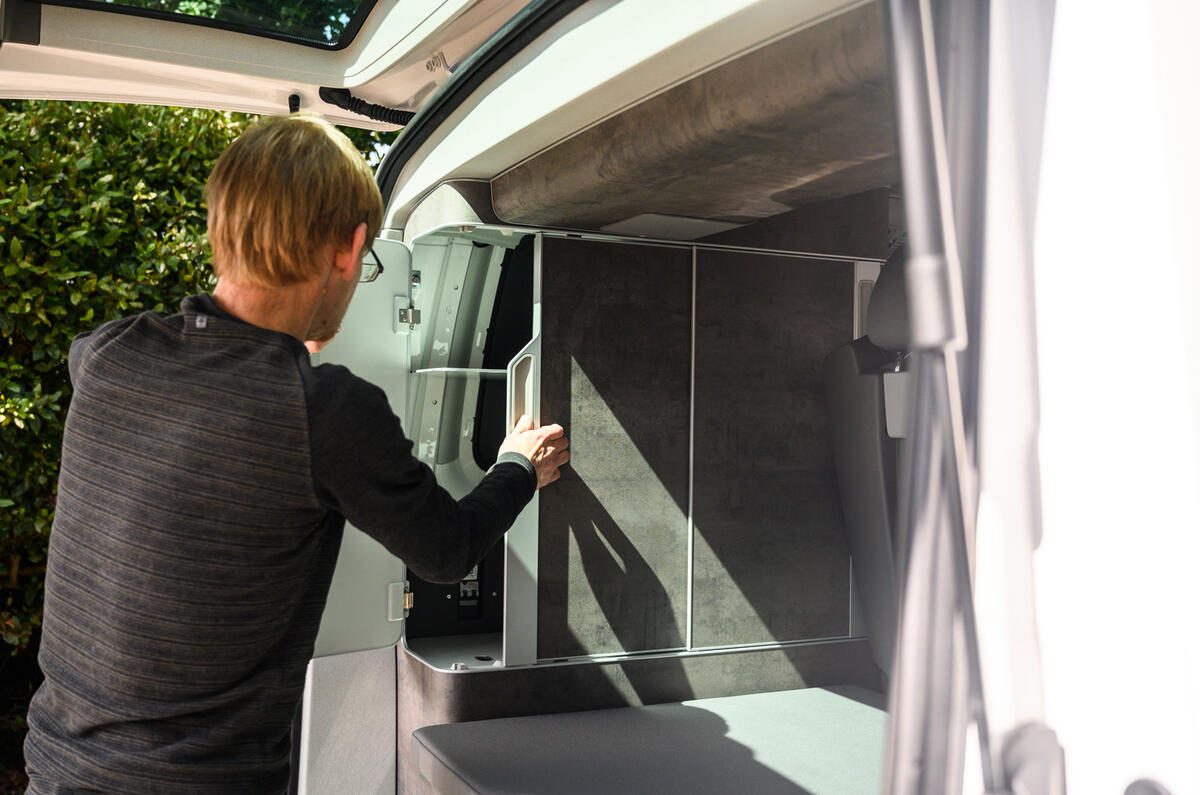
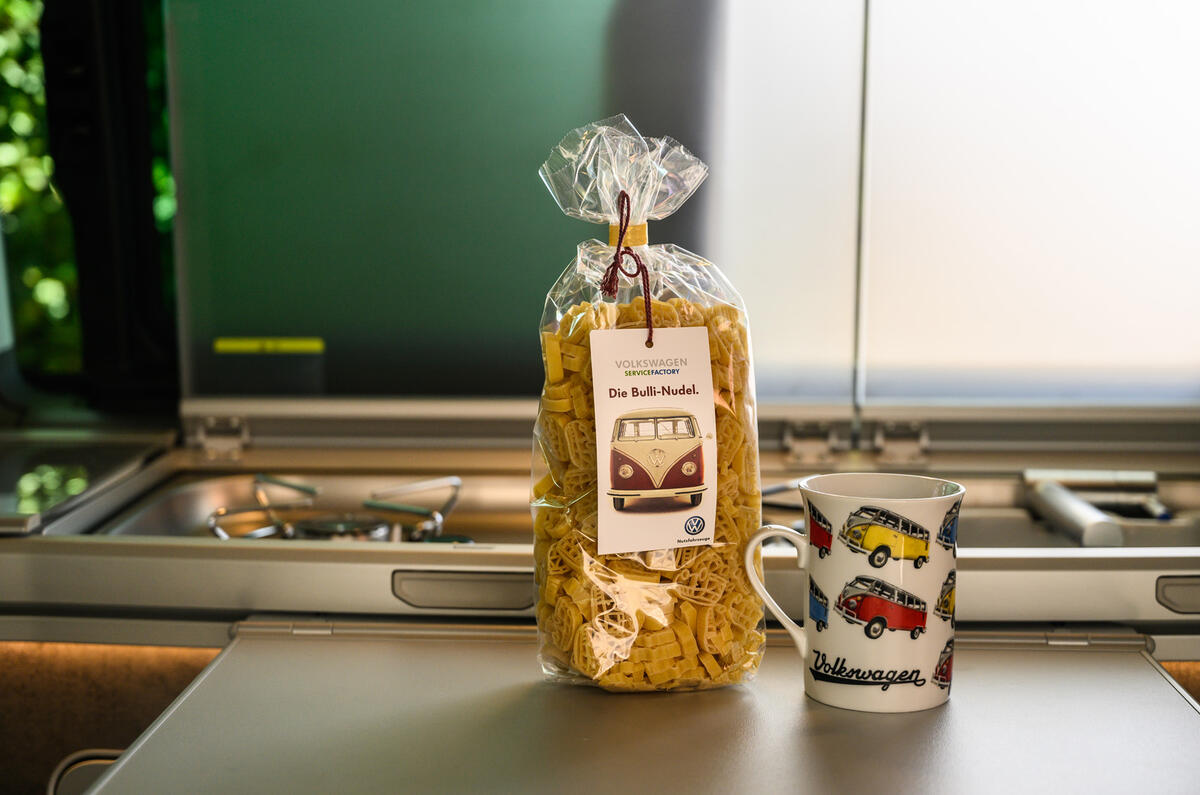
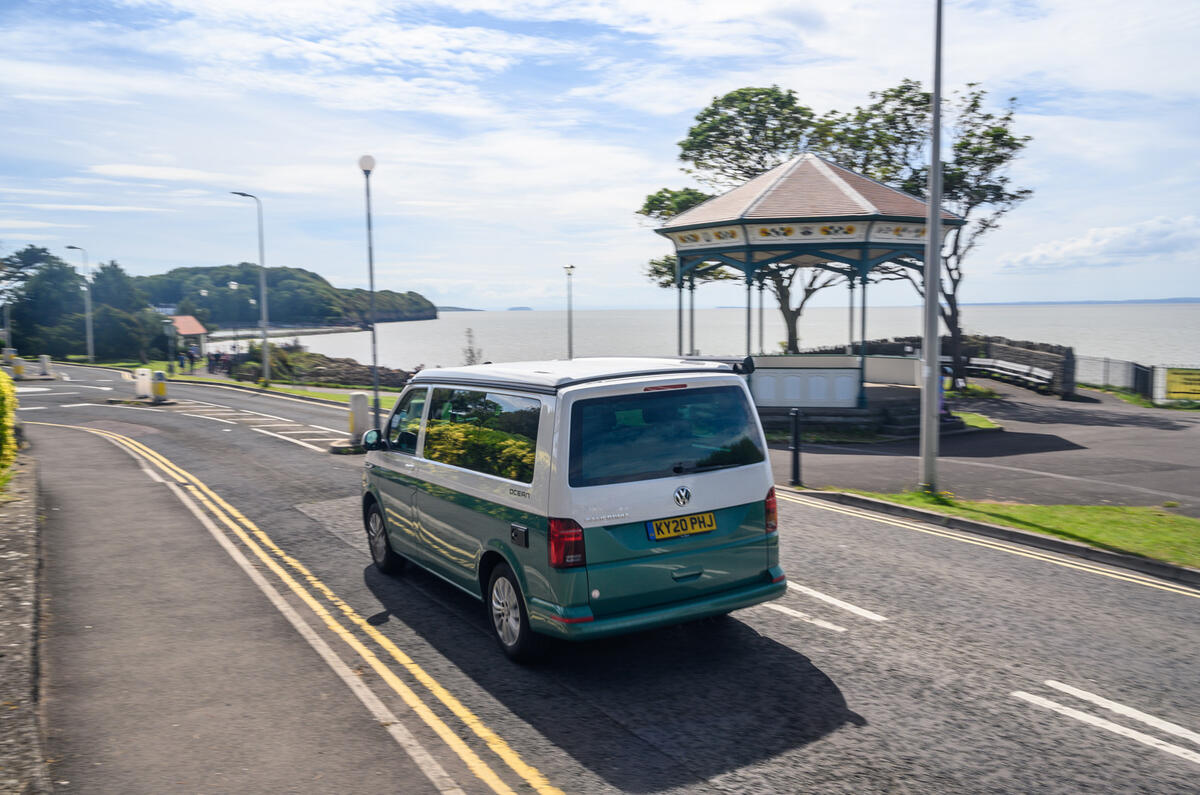
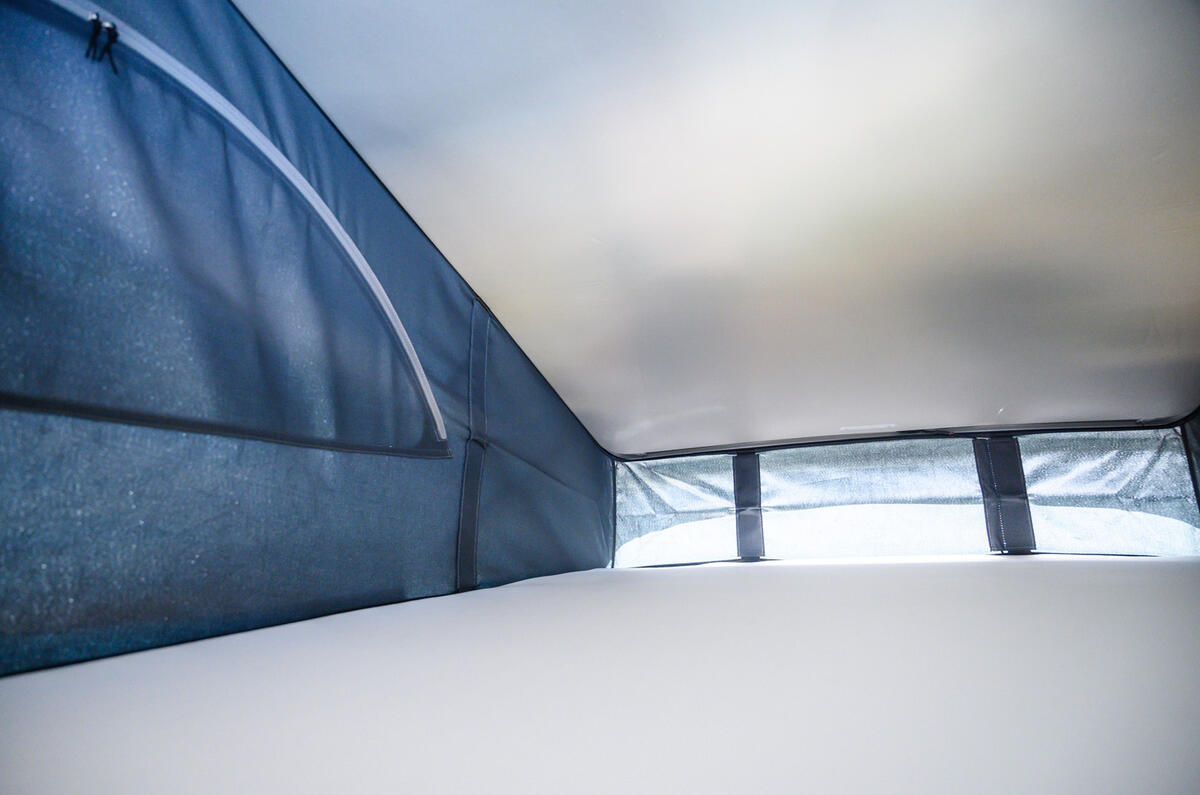
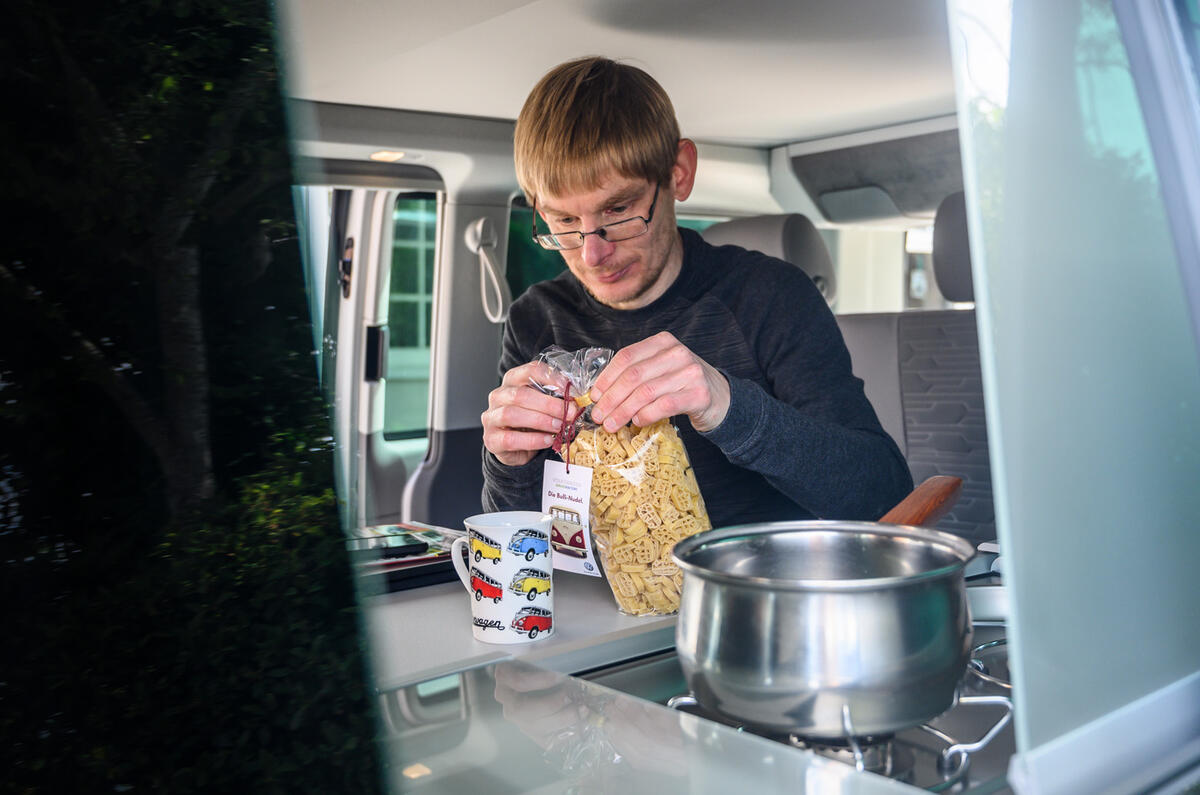
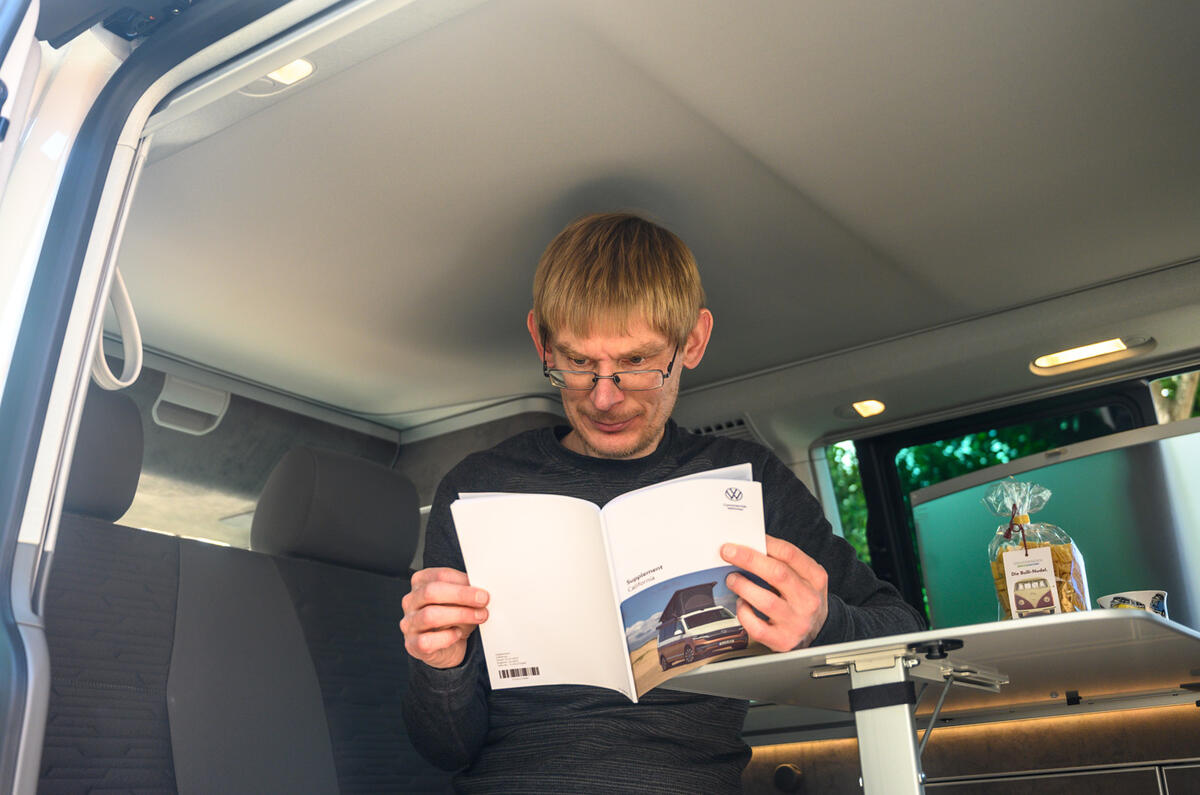
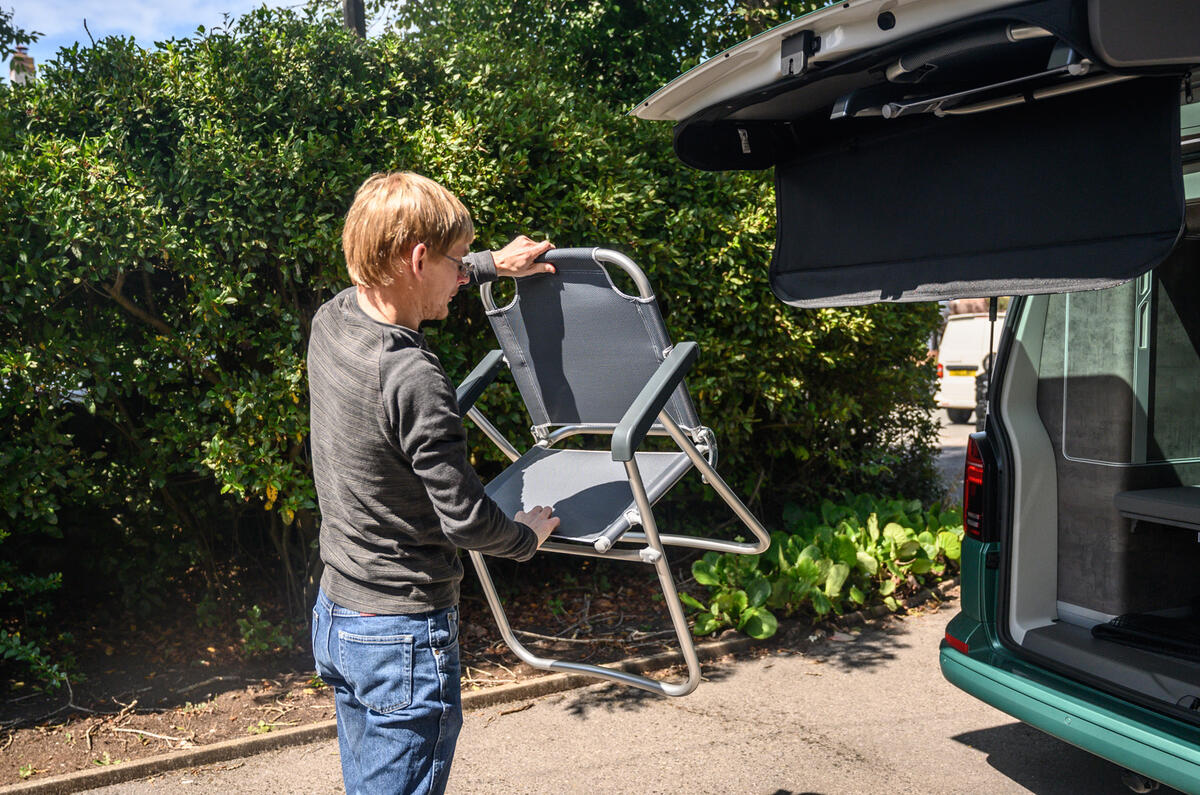
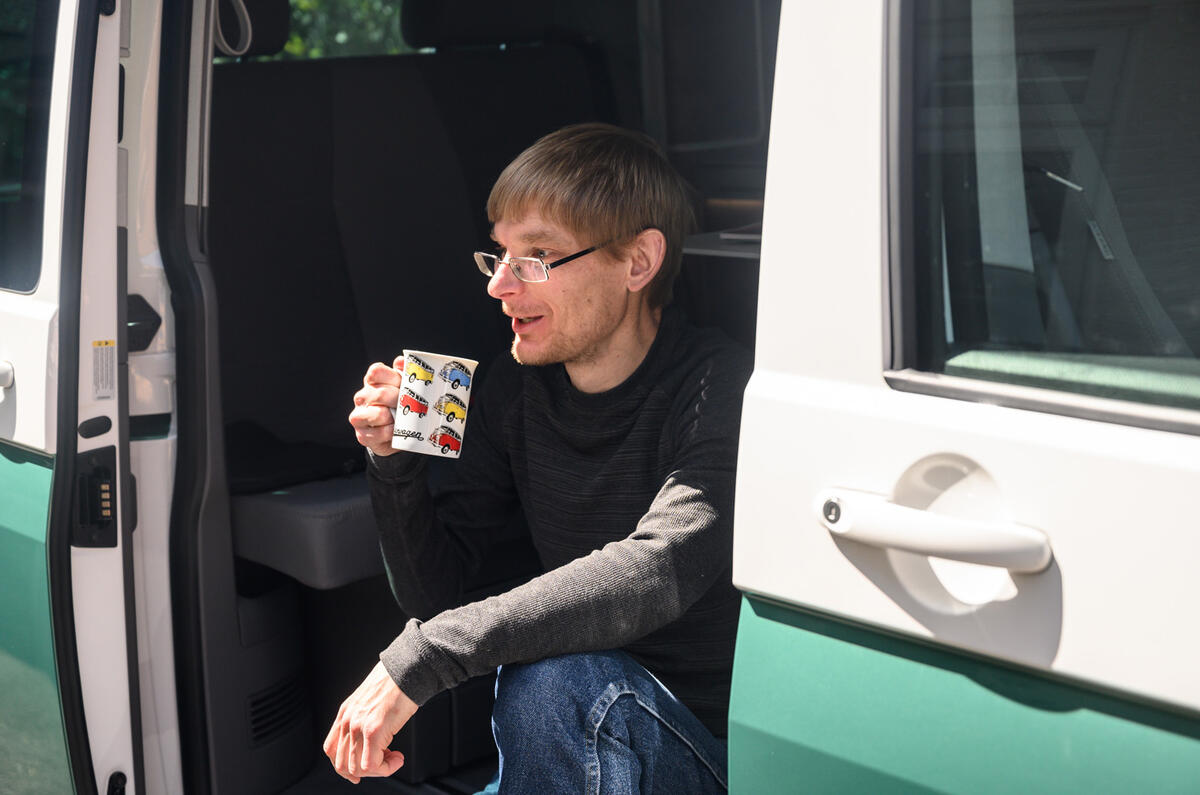
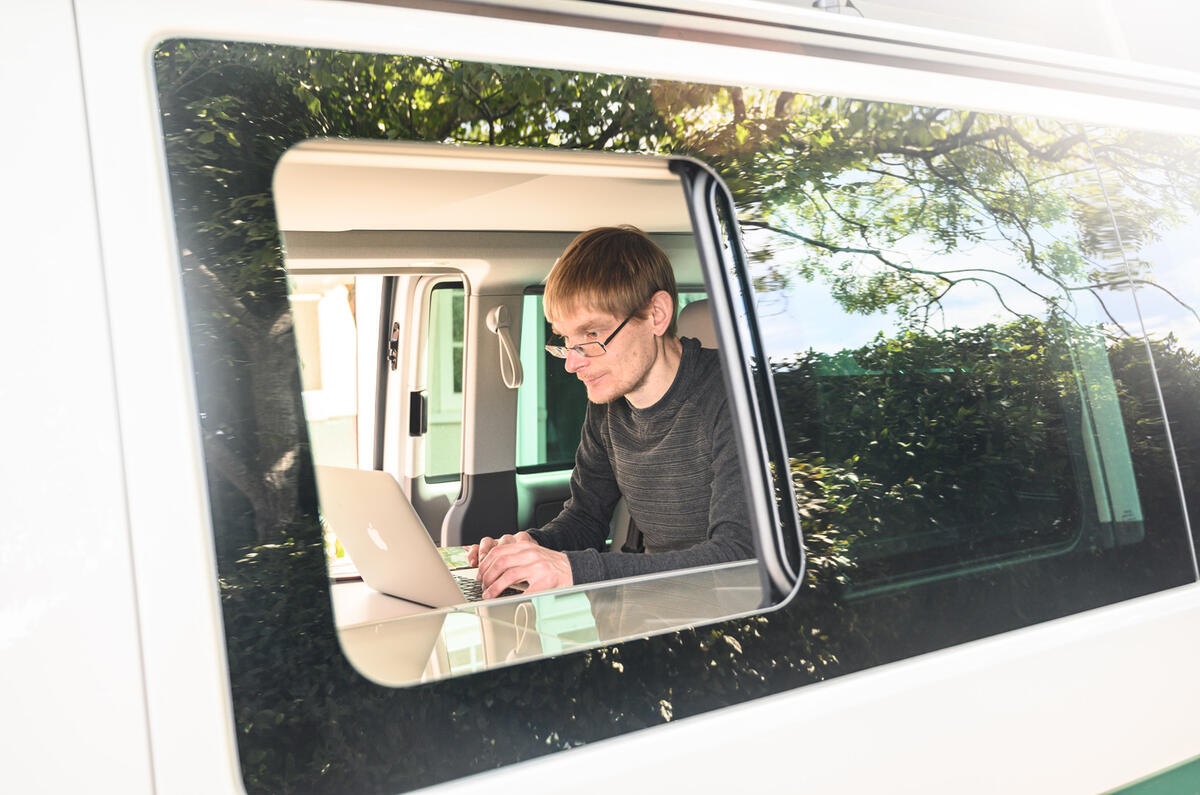
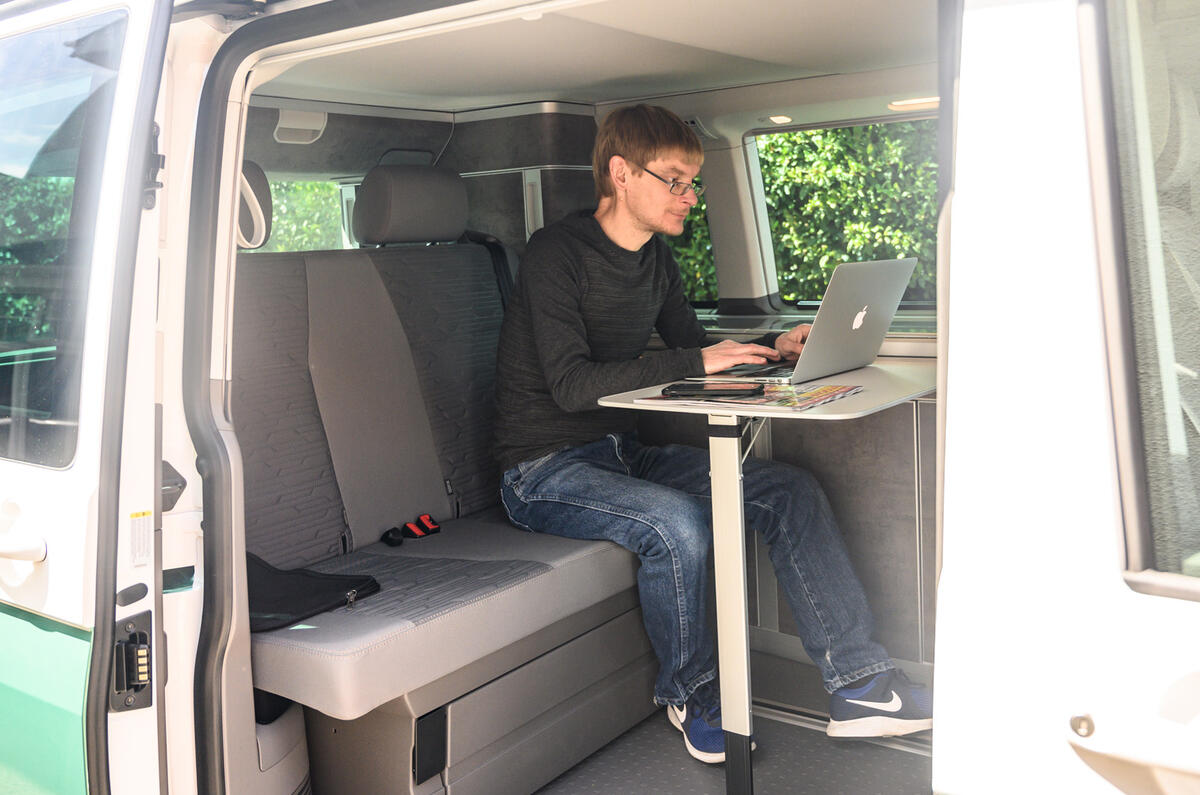
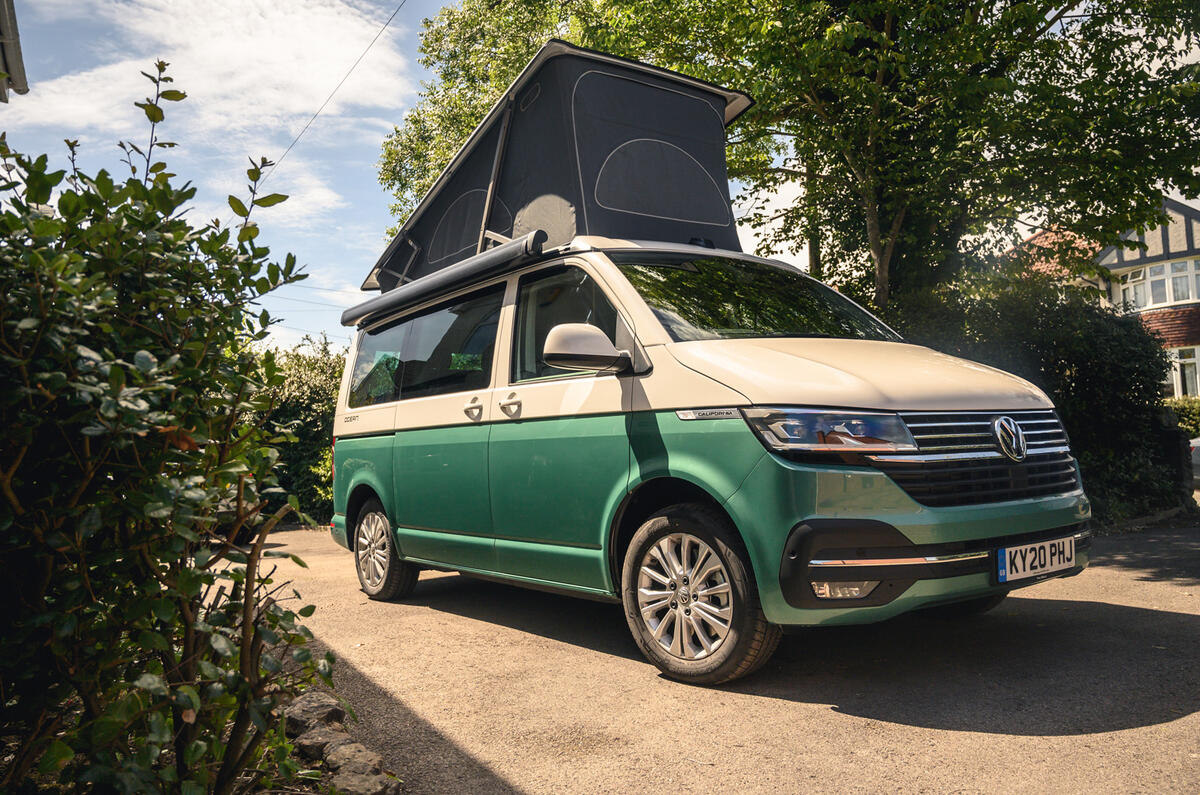

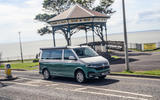


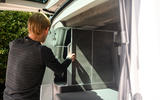

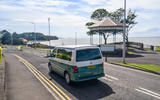
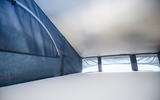
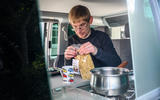
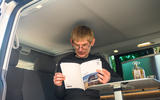
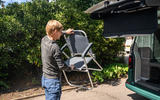

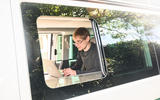
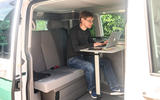
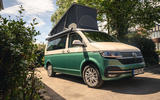






Join the debate
Add your comment
A friend had one of those
Blasting down the A3, I suddenly realised there was about 5mm of steel between me and the car infront.
Why anyone would want to put themselves or their children in one of these death traps is beyond me.
No green eyed monster here, I
I like the older ones but I do like older cars in general but if I was to fork out for an old VW it would be a karman Ghia.
Sad to see
mrking wrote:
Lol, I love your "logic" - people who dont like this are jealous, lol, do you apply that "logic" to anything or anyone else that doesnt/dont agree with you ?